It’s not a trap: California MPAs lead to more lobster catches over time

Researchers at the SBC LTER show that lobster spillover from MPAs caused a 400% increase in lobster abundance outside of protected areas.

Researchers at the SBC LTER show that lobster spillover from MPAs caused a 400% increase in lobster abundance outside of protected areas.

For Southern California reefs and beaches, giant kelp fuels the food web and creates an environment in which biodiversity booms. But the nutritional quality of kelp is lower than it once was, a new study from the Santa Barbara Coastal LTER shows. The culprit? Climate change and warming ocean water, coauthors Dr. Heili Lowman and Kyle Emery find.
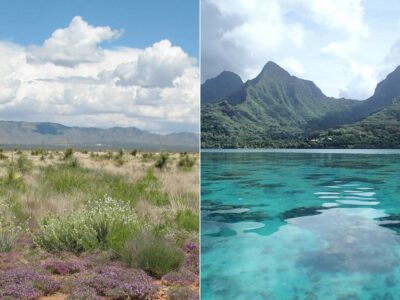
The LTER Synchrony Synthesis group links richness synchrony to ecosystem stability in a new study, showing synchrony is a key control on ecosystem functions.
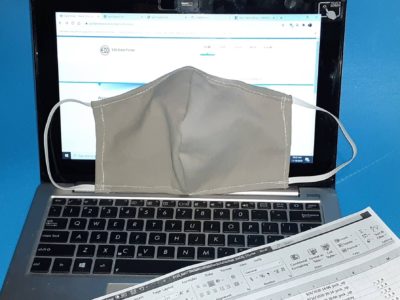
Each year, the LTER Information Management (IM) committee gathers updates from sites across the network related to IM system and personnel changes over the past year, compiling them into a series of ‘Site Bytes’, or site summaries. This November, the first 2020 Site Bytes that started rolling into the editors’ (virtual) office were all from… Read more »
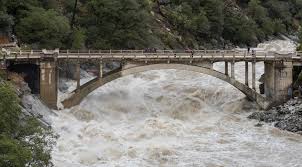
Fires and floods are becoming all too common for coastal Southern California residents — but are these ‘extreme’ events likely to become even more frequent? Answering this question requires a comprehensive understanding of precipitation patterns in the region and how they are likely to change in the coming decades. Most previous research on climate change… Read more »
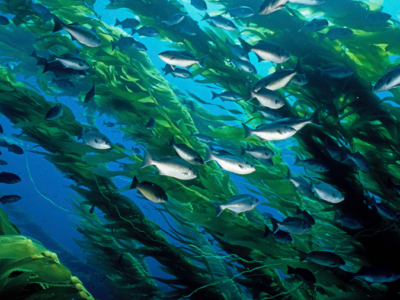
Kelp forests have long been known to harbor a high number and diversity of marine species, from tiny crustaceans to large fish and marine mammals. This biodiversity tends to be attributed to the complex structure and productivity of giant kelp, earning it the title ‘foundational species’. Surprisingly, however, little quantitative data has been assessed to… Read more »
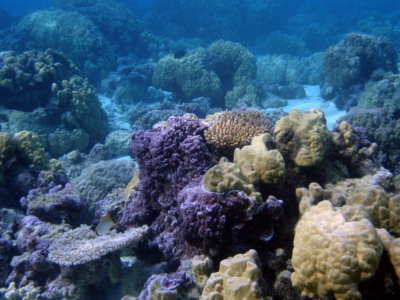
The National Science Foundation Long-Term Ecological Research (LTER) Network presents an overview of the rich and varied research taking place at its 28 sites. In 2018, the topic of this annual half-day symposium is ocean ecosystems and their connections to marine species and human well-being.
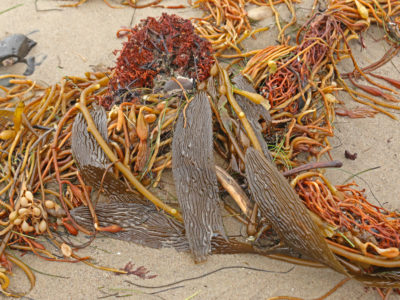
The path to the beach was steep, partially eroded by the wind and rain on this Pacific Ocean-facing cliff in Santa Barbara. Carefully holding my camera, I scampered down as gracefully as I could after Kyle Emery and Nick Schooler, two PhD students at the University of Santa Barbara. From the top of the cliff,… Read more »
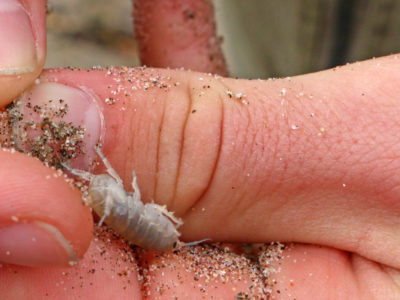
Two undergraduate students bent over shiny metal trays loaded with wrack from the nearby beaches at the Santa Barbara Coastal Long Term Ecological Research site (SBC LTER). Bright lights lit up their tweezers as they sifted through vegetation and detritus, searching for specific creatures: beach hoppers, beetles, flies, and isopods, as well as different species… Read more »
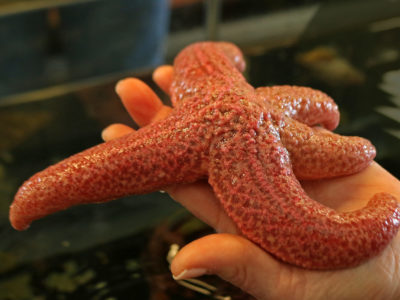
Tucked into an absolutely beautiful piece of the UC Santa Barbara campus, the Research Experience and Education Facility (REEF) sits at the edge of both the Pacific Ocean and the UCSB Lagoon. Inside, tanks full of marine creatures—including one with tropical species characteristic of a research site in French Polynesia—sit bubbling away while student interns… Read more »